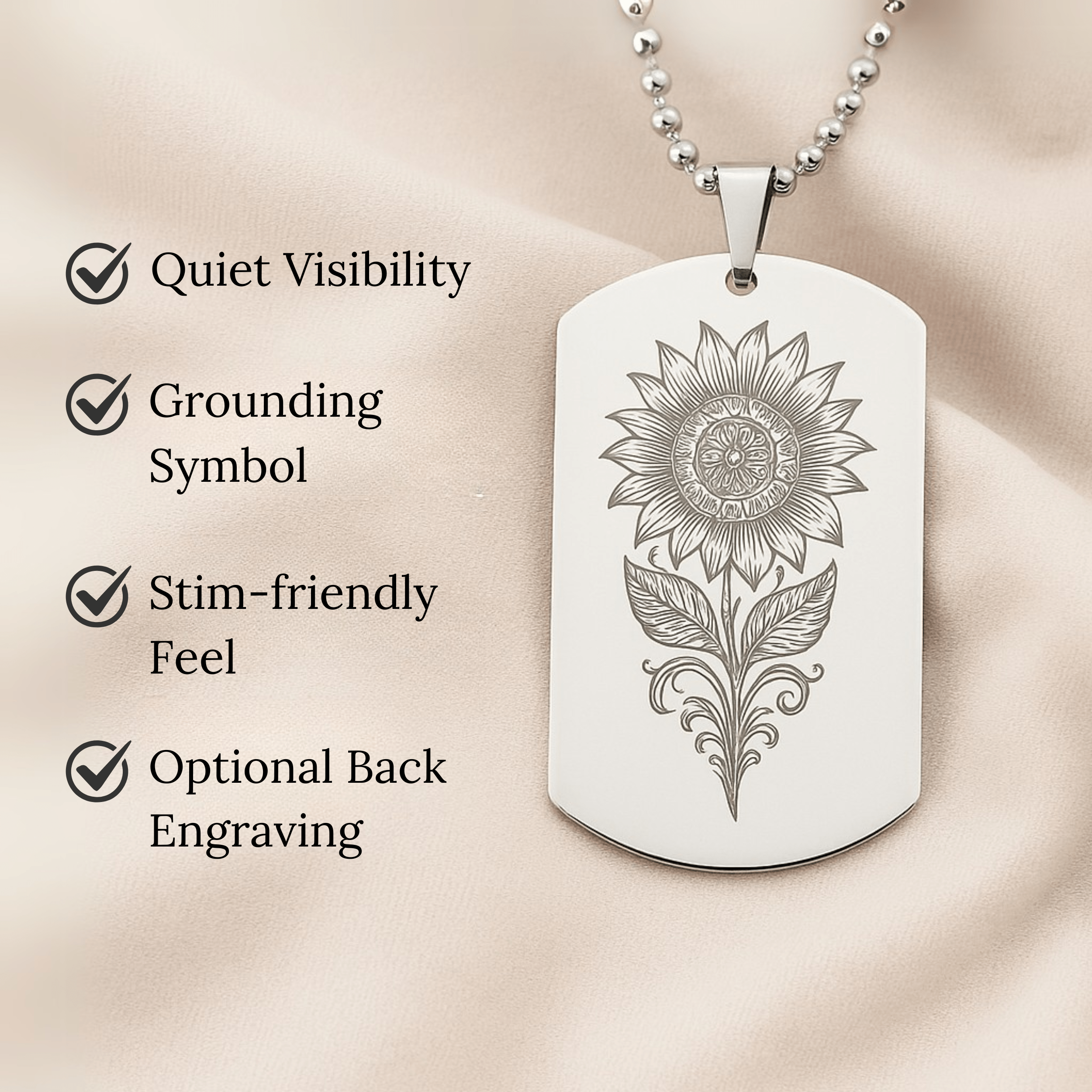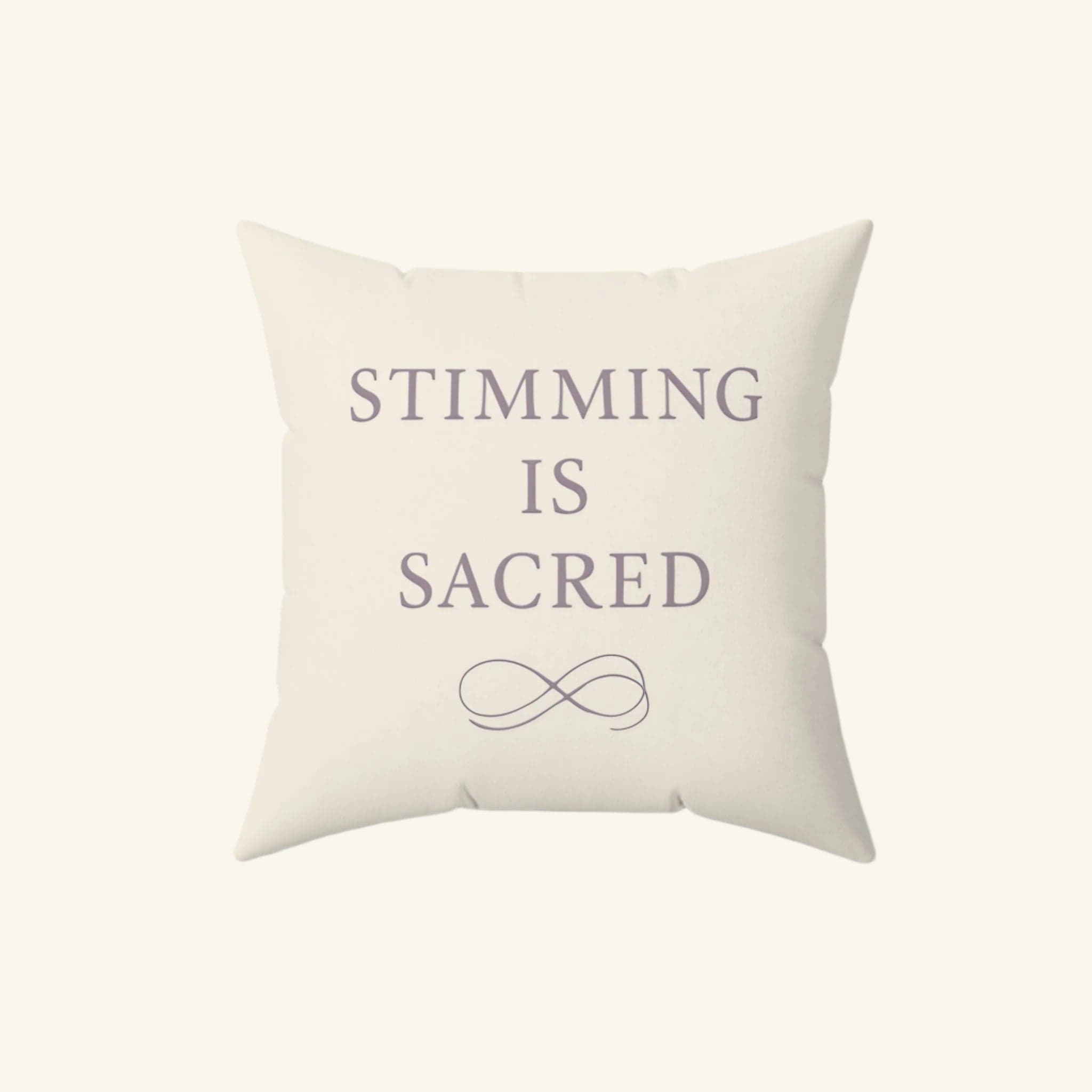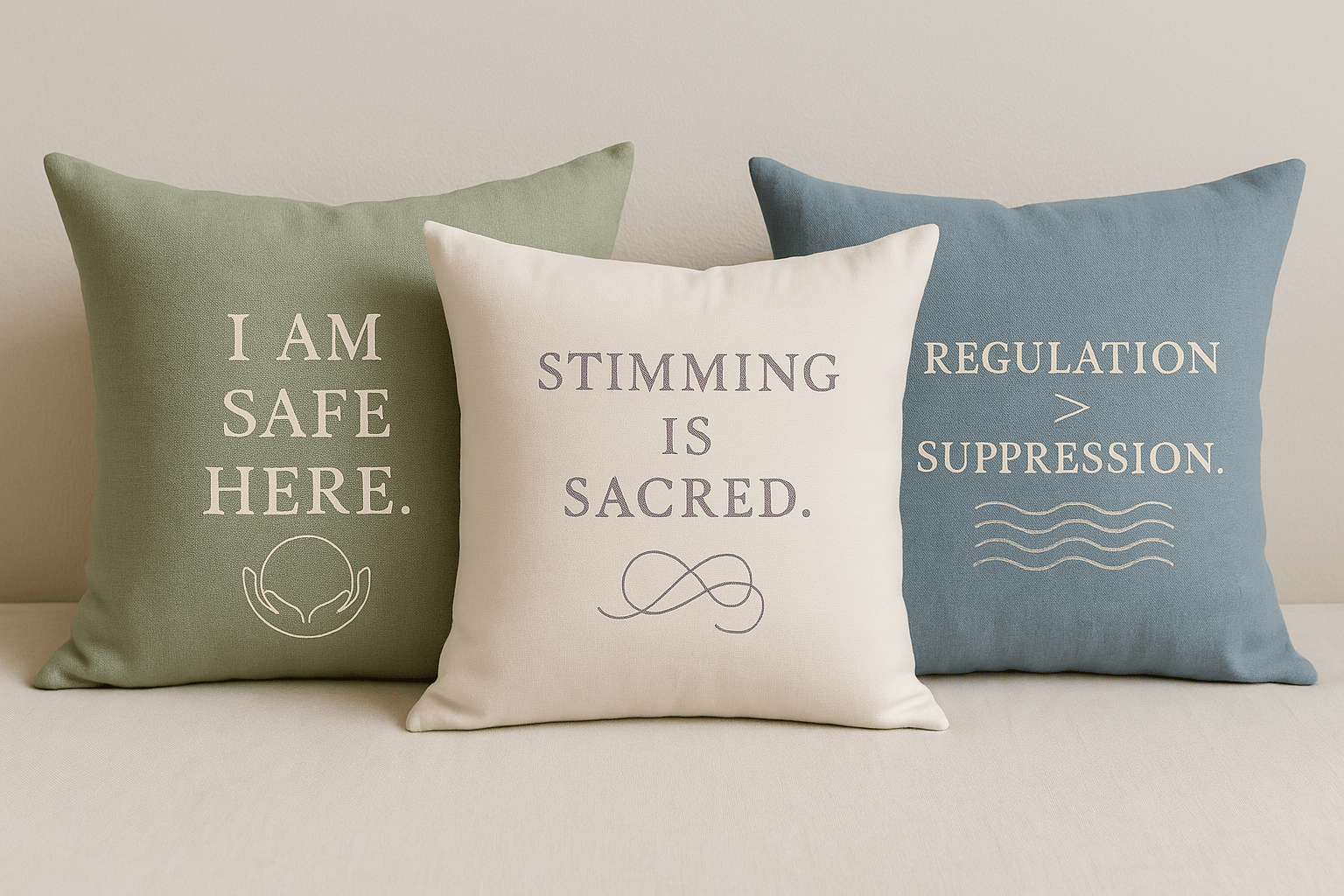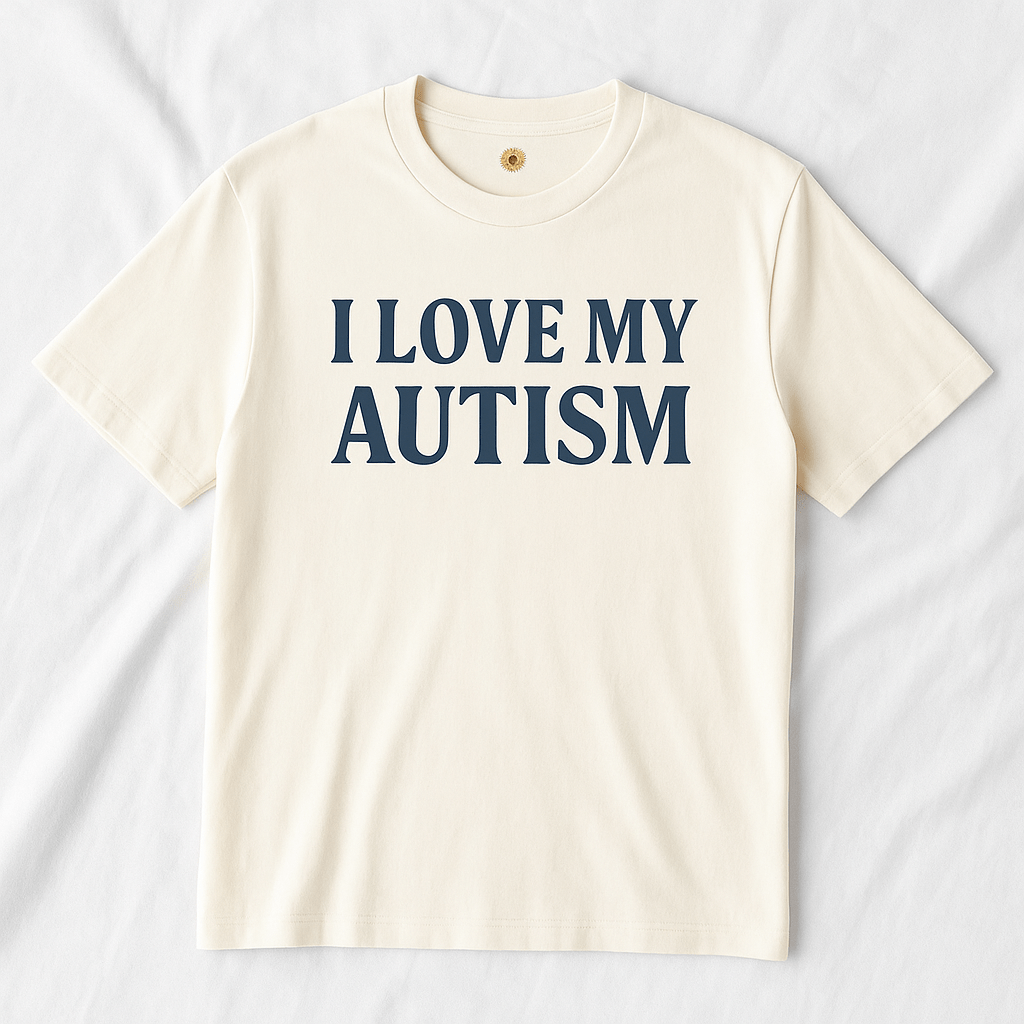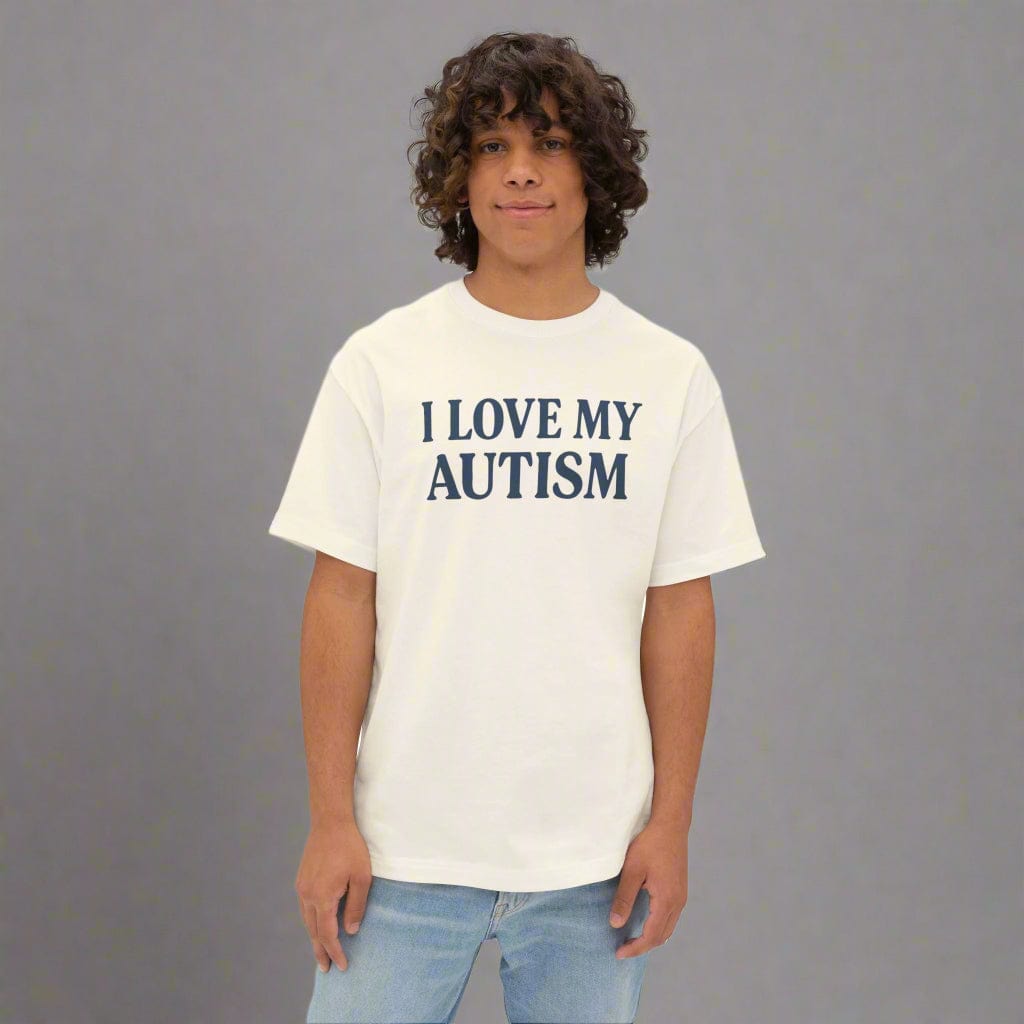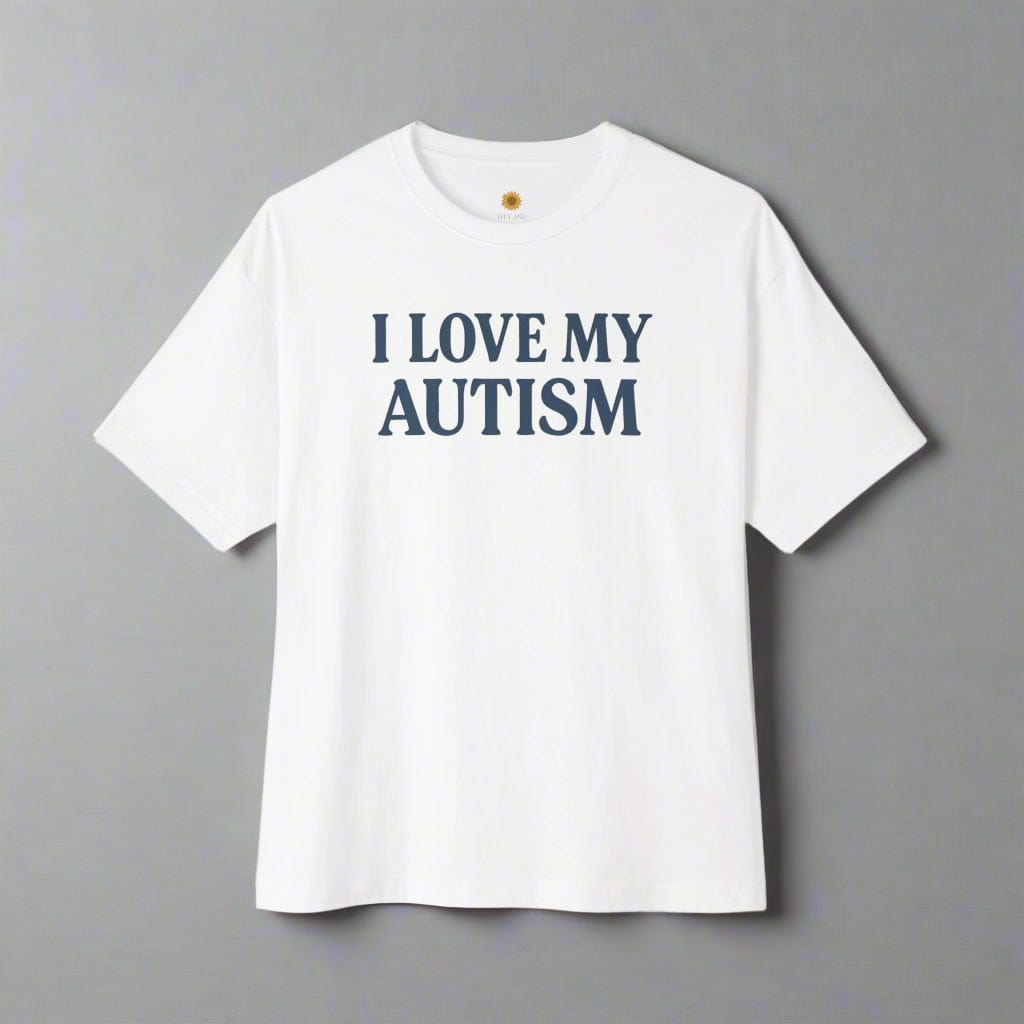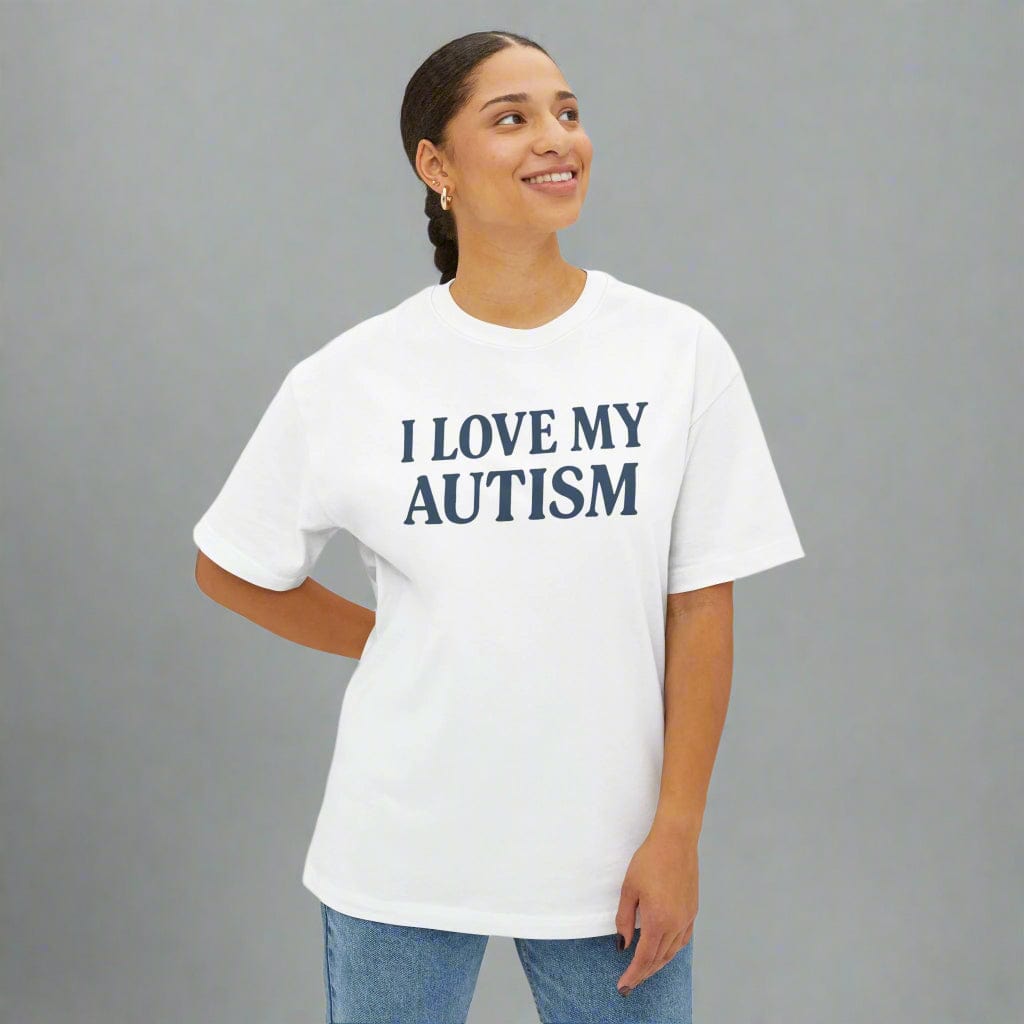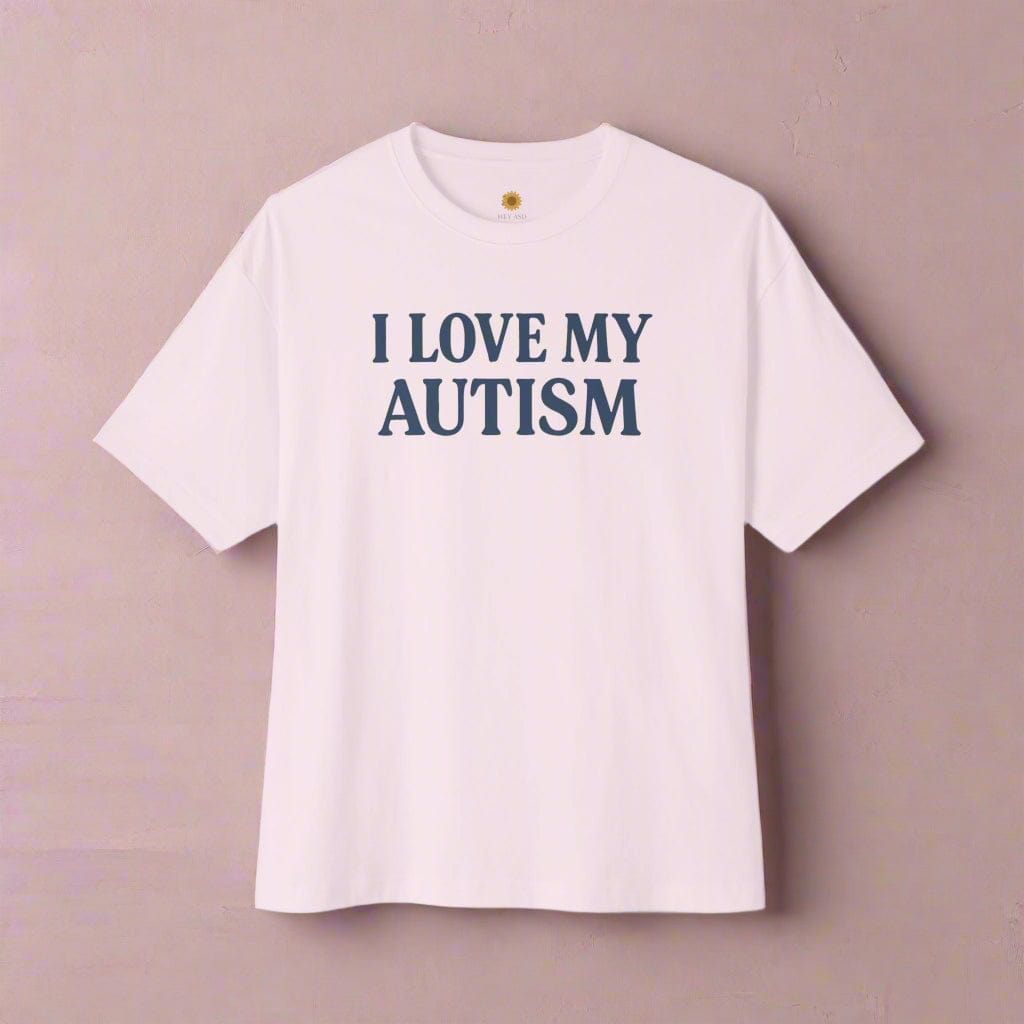Templates for Disclosing Autism at Work: How to Request Accommodations

Written by the HeyASD Editorial Team
The workplace can be a challenging environment for individuals with autism. While many companies are becoming more inclusive, it can still be difficult to communicate your needs and accommodations without fear of judgment or discrimination. This is where templates for disclosing autism at work come in handy.
Using a template to disclose your autism can provide a clear and concise way to communicate your needs and accommodations to your employer. It can also help to reduce stress and anxiety associated with disclosing this information, as you will have a pre-written script to guide you.
In this article, we will explore the benefits of using templates for disclosing autism at work, provide some examples of these templates, and offer tips for how to effectively communicate your needs in the workplace.
The Benefits of Using Templates for Disclosing Autism at Work
Using a template for disclosing autism at work can provide several benefits, including:
- Clarity: Templates provide a clear and concise way to communicate your needs and accommodations to your employer, reducing confusion and misunderstandings.
- Comfort: Having a pre-written script can help to reduce anxiety and stress associated with disclosing your autism in the workplace.
- Confidence: By using a template, you can feel more confident in communicating your needs and accommodations to your employer.
- Consistency: Using a template ensures that you communicate the same information to each employer, helping to maintain consistency in your disclosure.
Examples of Templates for Disclosing Autism at Work
There are several different templates for disclosing autism at work that you can use as a starting point for your own disclosure. Here are a few examples:
Example 1: Simple Disclosure Template
Dear [Employer],
I am writing to let you know that I have autism. While this does not impact my ability to perform my job duties, I do require some accommodations to help me be successful in the workplace. These accommodations include [list accommodations].
I am happy to discuss these accommodations with you in more detail and work together to create a plan that will help me be successful in my role.
Thank you for your time and understanding.
Sincerely,
[Your Name]
Example 2: Disclosure Template with Accommodation Requests
Dear [Employer],
I am writing to let you know that I have autism. While this does not impact my ability to perform my job duties, I do require some accommodations to help me be successful in the workplace.
Specifically, I would appreciate the following accommodations:
- [List accommodation 1]
- [List accommodation 2]
- [List accommodation 3]
I am happy to discuss these accommodations with you in more detail and work together to create a plan that will help me be successful in my role.
Thank you for your time and understanding.
Sincerely,
[Your Name]
Example 3: Disclosure Template for Requesting a Meeting
Dear [Employer],
I would like to schedule a meeting with you to discuss my needs and accommodations in the workplace. As someone with autism, I require certain accommodations to help me be successful in my role. These accommodations include [list accommodations].
I would appreciate the opportunity to discuss these accommodations with you in more detail and work together to create a plan that will help me be successful in my role.
Please let me know if we can schedule a meeting to discuss this further.
Thank you for your time and understanding.
Sincerely,
[Your Name]
Example 4: Disclosure Template with Example Accommodation Requests
Dear [Employer],
I wanted to share with you that I am autistic. I have always been a dedicated and hardworking employee, but I believe that knowing about my autism can help us work together more effectively and ensure that I am able to perform my job duties to the best of my abilities.
As an autistic person, I may have specific needs or preferences that can help me be more productive and comfortable at work. For example, I may benefit from:
- A quiet workspace or noise-cancelling headphones to reduce sensory overload
- Written instructions or visual aids to help me better understand tasks
- A flexible schedule or regular breaks to manage stress and anxiety
- Specific communication preferences, such as using email instead of phone calls
- A designated point person for questions or concerns about accommodations or work-related issues
I understand that providing these accommodations or modifications may require some adjustments on your part, but I am committed to working with you to find solutions that work for both of us. I am happy to discuss any potential accommodations or modifications that could be made to ensure that I am able to perform my job duties to the best of my abilities.
I would also like to emphasize that my autism is just one aspect of who I am as a person, and I do not want it to define how you or my colleagues perceive me. I am still the same dedicated and hardworking employee that you have always known, and I hope that we can continue to work together productively and respectfully.
Thank you for your understanding and support.
Sincerely,
[Your Name]
Tips for Effectively Communicating Your Needs in the Workplace
In addition to using templates for disclosing autism at work, there are several other tips you can follow to effectively communicate your needs in the workplace:
Know your rights: Before disclosing your autism or requesting accommodations, make sure you are aware of your legal rights and protections under the Americans with Disabilities Act (ADA).
Consider timing and context: Choose a time and context that feels safe and appropriate for disclosing your autism. This could be during a one-on-one meeting with your supervisor or as part of a larger conversation about accommodations.
Be clear and specific: When requesting accommodations, be clear and specific about what you need and why. This will help your employer understand your needs and how to support you.
Focus on solutions: Instead of focusing on the challenges associated with your autism, focus on solutions and accommodations that can help you be successful in your role.
Practice self-advocacy: Learning to advocate for yourself and your needs is an important skill for success in the workplace. Practice speaking up for yourself and your accommodations in a confident and assertive manner.
FAQs
Is it necessary to disclose my autism at work?
No, it is not necessary to disclose your autism at work. However, if you require accommodations to be successful in your role, it may be helpful to disclose your autism to your employer in order to receive those accommodations.
Will disclosing my autism at work result in discrimination?
Unfortunately, discrimination can occur in any workplace. However, under the ADA, employers are required to provide reasonable accommodations for individuals with disabilities, including autism. If you experience discrimination after disclosing your autism, you may have legal options for recourse.
How can I advocate for myself in the workplace?
Advocating for yourself in the workplace can include things like requesting accommodations, speaking up when you feel your needs are not being met, and educating others about autism and how it impacts you. It is important to practice self-advocacy in a confident and assertive manner.
Join Hundreds of Autistic Adults Feeling
More Comfort in Their Own Skin
Use code WELCOME10 for 10% off your first order.
Start Your Comfort JourneyConclusion
Disclosing your autism in the workplace can be a difficult decision, but using templates for disclosing autism at work can make the process easier and more effective. By using a template, you can clearly communicate your needs and accommodations to your employer, while also reducing anxiety and stress associated with disclosing this information.
Remember to know your legal rights, be clear and specific in your requests, and practice self-advocacy for success in the workplace.
On This Page
Frequently asked questions
How can I decide the best time and way to disclose my autism at work?
What are some common autism workplace accommodations that might help me succeed?
How can I ask for a sensory-friendly work environment without feeling uncomfortable?
What should I include in a disability accommodation request to make it clear and effective?
Are there sensory tools or calming items I can use discreetly at work to support my focus and comfort?
How can I use autism support templates to communicate my needs confidently to my employer?
What if my employer seems unsure or hesitant about providing accommodations—how can I respond kindly?
How can I maintain my privacy while still getting the support I need at work?
Can Autism-themed decor or comfortable clothing like soft t-shirts or calming blankets help create a supportive workspace?

About the HeyASD Editorial Team
Autistic‑owned • Values‑led • Sensory‑friendly design
We are autistic creators, writers, and advocates dedicated to producing resources that are practical, sensory-aware, and grounded in lived experience. Our mission is to make information and products that support the autistic community accessible to everyone, without jargon or condescension. Learn more about our team.
This article is written from lived autistic experience and an evidence-aware perspective. It is for general informational purposes only and should not be taken as medical, legal or therapeutic advice.
Always consult a qualified clinician or occupational therapist for individual needs and circumstances.

About Our Autism Blog
HeyASD isn’t just a store, it’s a calm, supportive space created by and for autistic adults. Our blog shares sensory-friendly tips, identity-affirming stories, and heartfelt resources for navigating life as an autistic person. Whether you're late-diagnosed, exploring your needs, or supporting someone you love, you're welcome here.
Thank you for reading. We hope these resources bring comfort and clarity.













